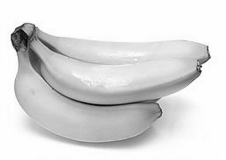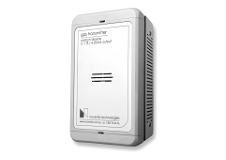Ethylene Detection
Ethylene gas in fruits and vegetables is a plant hormone which regulates the plant’s growth and development as well as the speed at which these occur, much as hormones do in humans or animals.
The effect of ethylene gas upon fruit is a resulting change in texture (softening), colour and other processes. A plant messenger that signals the plant’s next move, ethylene gas can be used to trick the plant into ripening its fruits and vegetables earlier. Fruits such as apples, bananas, kiwi fruits, pear, passion fruits, melons, plums, apricots, and tomatoes (among others) are climacteric fruit and can ripen post-harvest. Among Non-Climacteric Fruits are Orange, Grapefruit, Grapes, Pomegranate, Litchi, Watermelon, Cherries, Raspberry, Blackberry, Strawberry and more.
For banana, the ideal ripening condition is at a concentration of 100 – 150 ppm Ethylene. Therefore it’s important to monitor the Ethylene concentrations. Excess ethylene and carbon dioxide must be removed for faster and uniform ripening (the product breathes in oxygen and gives off carbon dioxide). Most convenient and safe method of introducing ethylene is through ethylene generators or using gas cylinders, generally containing a 5% mixture of ethylene gas balanced with nitrogen.
Temperature of the product also plays an important role; banana ripening is carried out at temperatures of around 18 ºC. Depending on cultivar and market requirements, ripening cycle maybe spread from 4 to 8 days.
Ethylene has been found not harmful or toxic to humans in the concentrations found in ripening rooms (100-150 ppm). However, Ethylene is explosive at concentrations over 2.7%VOL.
Potential Risks
- Ethylene is extremely explosive
- Not harmful for humans at concentrations of 100-150 ppm
- Ethylene is harmful for some flowers such as tulips
- Gases Under Pressure
- May cause respiratory irritation
Documents and References
- No known standards were found



